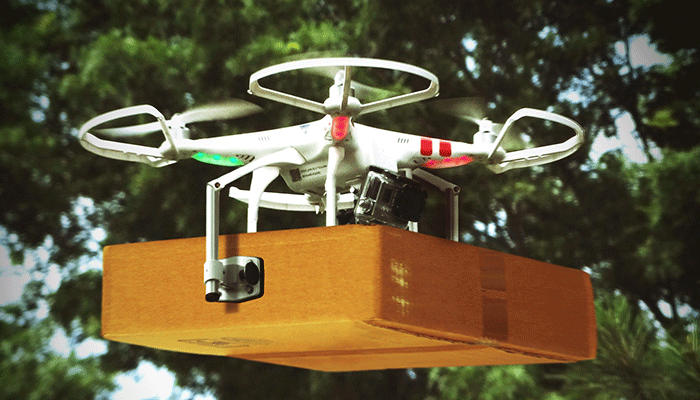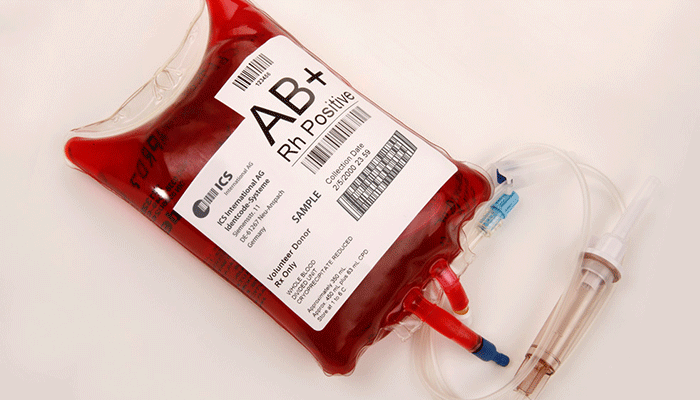The 21st century has been plagued with needless hazards and accidents from nature and mankind. Often times, natural and human activities have left us with the need for emergency responses to save lives. The major limiting factor to getting emergency aids supplied is basically accessibility to the affected sites due majorly to road networks and its accompanying assortment of problems. However, with incessant development in the drone industry, the medical field looks to eliminate these troubles in no distant time with the help of medicines delivery through drones.
Distribution of health care in the world has much been so uneven particularly in remote areas where attracting health care professionals has been partially successful. In cases of emergency, getting prompt overhead assistance, very quickly needs by-passing all road affiliated difficulties as traffic gridlock, faulty engines and even human factors would nonetheless be noteworthy to the medical sector for futuristic aid. You’re probably thinking what I’m thinking this point. Of course not the helicopter; we’re talking DRONES! From drug supply to emergency response and even disaster assessment, the drone-influenced medical field is one that can bring about an impressive turn of successfully related rescue activities for developing countries and those plagued by natural hazards.
Here Are Top Uses Of Drone In Medicines Delivery
1. Drones And Drug Supply

Shuttling from one health facility to another just to obtain prescription meds may be one thing too tedious for not only patients but for medical personnel as well. The efficiency of dispensing drugs and stocking new supplies is one thing drones may be here to ease for the medical field. Employing cargo-carrying drones to deliver drugs on demand from one health facility to another creates a better opportunity of utilizing the manpower that would have been otherwise engaged in the direct movement of the supplies. Important among all contributions would be in heavily forested regions in East Africa and rural areas of developing countries where by virtue of their terrains, accessibility has been almost impossible for health care providers to be given.
This is one of the major hindrances to health providers to these areas as even the few health professionals located in these regions are handicapped by poor response to timely and needful drug requests. Granted accessibility problems may be the major, if not the only reason, a drone mounted with supplies can by ‘over-head’ means to assist in the medicines delivery without being subject to road hazards. Not only is this beneficial to developing countries, countries, where winter causes people to stay indoors, can employ drones to drop off medicinal supplies to homes that request blood pressure meds or any other form of meds.
2. Drones And Blood Supply And Emergency

One of the highest number of fatality in hospitals among developing countries and even developed ones result from blood supply in emergency situations. Getting to by-pass the traffic gridlock in cases of accidents for example where roads are sealed off and even prompt medical assistance is required to at least rescue the lives of victims have in most cases resulted in an avoidable fatality. Drones on the brighter side would benefit the situation by means of getting over to the accident site. Most of these drones are equipped with live-feed video gadget that connects a medical practitioner to any bystander or friend of victims involved to ameliorate the condition of the victim pending the arrival of an ambulance.
In cases of blood supply to hospitals where getting a matching donor blood to the patient may prove difficult, Bysimplyan assessment of medical facilities within the coverage of the drone can easily come By simply confirming the required blood type, the drone delivery package can arrive the site of need within the space of a short time. This makes it even more interesting since the sole purpose of the drone is the delivery of these packages and little or no subjection of road incidents would influence the task.
3. Drones and Disaster Assessment

One of the biggest beauties of using drones amongst all others is its use in obtaining aerial views while also monitoring video feeds in difficult topographies and locations. This may be something to capitalize on for rescue missions. Areas in time past where natural disasters like flooding and earthquakes have occurred have still reported cases where survivors were rescued possibly days after the incidents. However, the drone effect can be employed in assessing disaster areas to look out for any signs of surviving victims and then channeling relief workers over to those areas. Getting to use this method allows mapping out of the affected regions more quickly than any other method.
This method has already been employed by the World Bank using UAViators to assess the effect of Cyclone Pam that struck Vanuatu in 2015. It employed about 200logistical flights. This method was utilized to access the post-disaster needs of the areas, and secondly, to obtain aerial feeds that would have been otherwise been impossible using helicopters. This strategy allowed for estimation of the net worth of buildings destroyed and even knowing the ones that only needed repairs and those that were completely intact. Drones like the DJI Phantom (having a flight time of 20minutes), AllignHexacopters (45minutes flight time), Lockheed Martin Indigo quadcopter (15minutes flight time) were used for this operation. A similar method was also employed in Nepal same year where its introduction proved truly valuable to many relief workers.
However, most drones are being worked on to improve their efficiency – especially with respect to their battery span. It is imperative that government agencies assist with necessary funding and much-needed support for the faster actualization of these devices that have assisted the medical science so greatly. You may think it’s a case of using the Drone to replace the person, but when compared to human alternatives while handling life-threatening cases, you to would undoubtedly agree it’s one of the best decisions.
Nonetheless, the effects of drones so far have been eccentric in areas where it has been introduced and they are indeed a viable means of leapfrogging over infrastructural inadequacies. Ultimately, they help make developing nations better equipped, and in give relief camps true relief.



